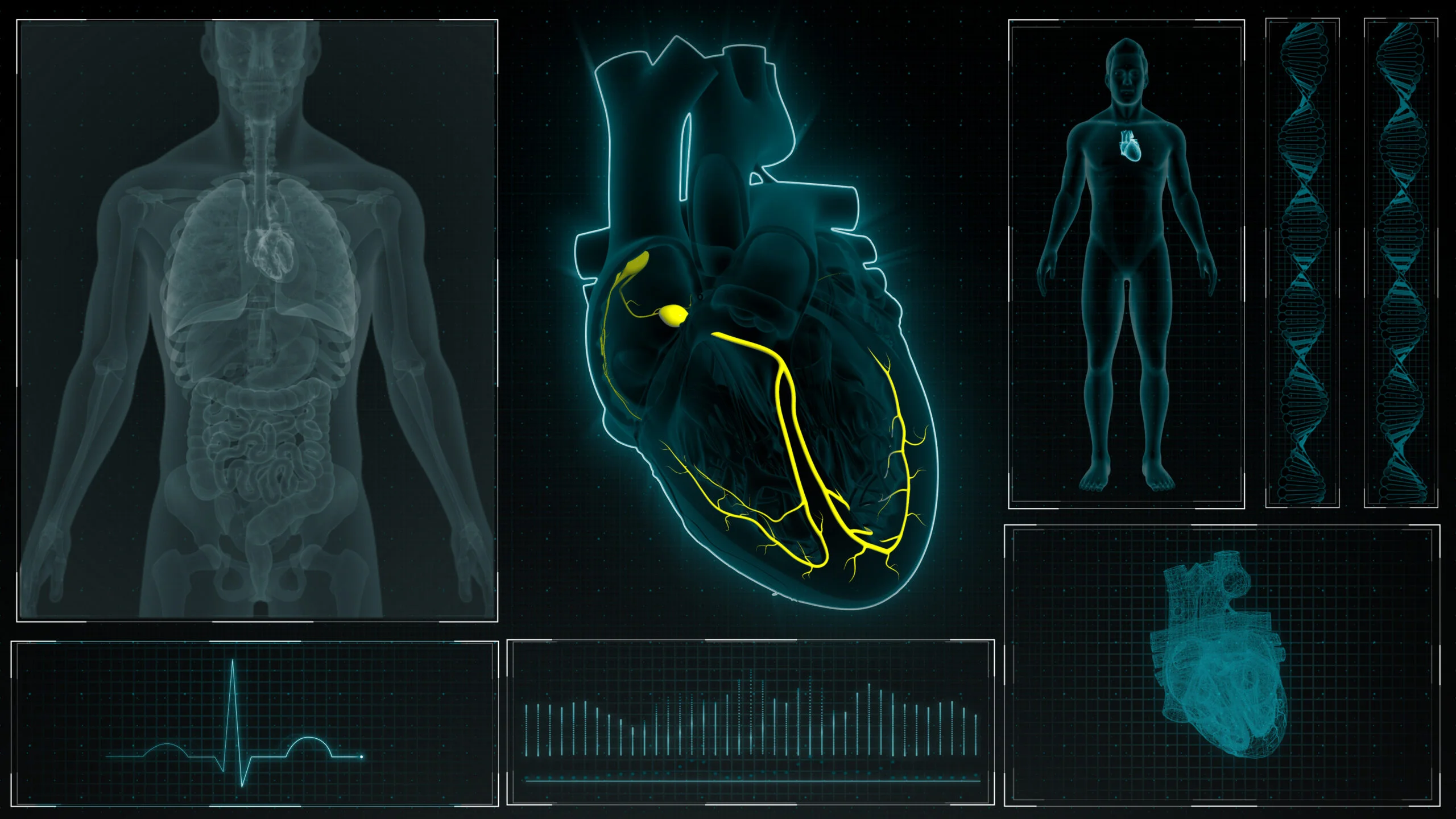Pace maker in startup industry
Heart actually has its own built-in electrical system that acts like a natural pacemaker. A specific area of tissue in the upper right chamber of your heart, called the sinoatrial node (SA node), initiates electrical impulses. These impulses travel throughout the heart, causing the chambers to contract in a specific sequence. This coordinated contraction is what pumps blood throughout your body. So, while the heart is made up of muscle tissue, it’s the electrical signals that tell those muscles when and how to contract to keep your heart beating effectively.

HITSERIES CAPITAL
Sinoatrial node (SA node) doesn’t deal with power in the way we typically think about it (watts, amps, etc.). Instead, it focuses on generating electrical impulses with specific characteristics:
Rate: The SA node fires regularly, setting the heart’s pace at 50-100 beats per minute under normal conditions.
Voltage: The voltage of these impulses is relatively small, typically in the millivolt (mV) range (around 0.15 to 0.25 mV).
Spread: The SA node’s impulses are strong enough to spread through the heart muscle, triggering contractions in the atria and ventricles.
The focus is more on initiating a coordinated wave of electrical activity than raw power.
HITSERIES CAPITAL gives power to aim bold goal and tell the appropreate pace to the destination.
Grabbing 1 millisecond, 0.15mV
The exact duration of the sinoatrial (SA) node firing isn’t a fixed value, but rather falls within a range. Here’s how we can estimate it:
How long is the signal?
Heart Rate: A typical heart rate at rest is around 60 beats per minute (bpm).
Beat Duration: We can convert this heart rate to milliseconds per beat. There are 60 seconds in a minute and 1000 milliseconds in a second. So, at 60 bpm, each heartbeat would take roughly 1000 milliseconds (60 seconds / 60 bpm * 1000 milliseconds/second).
Action Potential Duration: The electrical impulse causing the contraction (action potential) in heart muscle cells has a duration range of 1 to 4 milliseconds.
SA Node Firing Estimation: Since the SA node initiates the impulse, we can estimate its firing duration to be within this range. At 60 bpm, considering the lower end of the action potential range (1 millisecond), the SA node firing duration would be around:
SA node firing duration ≈ Beat duration * (action potential duration / 1000)
≈ 1000 milliseconds * (1 milliseconds / 1000)
≈ 1.0 milliseconds
Therefore, at a resting heart rate of 60 bpm, the SA node firing duration with a voltage of 0.15 mV is estimated to be around 1.0 milliseconds.
tiny 1millisecond and 0.1millivolt controls our body and society.
randomness and predictability
apparent cycle have randomness in smaller level.
1
100milliseconds
The PR interval typically falls within a range of 120 milliseconds (ms) to 200 ms.The time lag between the initial impulse of the sinoatrial (SA) node firing and the heartbeat pulse wave is represented by the PR interval on an electrocardiogram (ECG). This interval reflects the time it takes for the electrical signal to travel through the heart’s conduction system.
2
can human identify 1 milli second sound wave difference
Studies suggest that human temporal resolution for sound waves is around 10-15 milliseconds (ms). This means we can likely detect a difference between two sounds if they are separated by at least 10-15 ms
3
can human identify 1 micro second sound wave difference
Sound travels at a speed of approximately 343 meters per second (m/s) at sea level. A 1 µs difference in sound wave timing would only correspond to a distance traveled of about 0.343 millimeters (mm). This is an incredibly small distance change that wouldn’t be noticeable in the sound itself.

